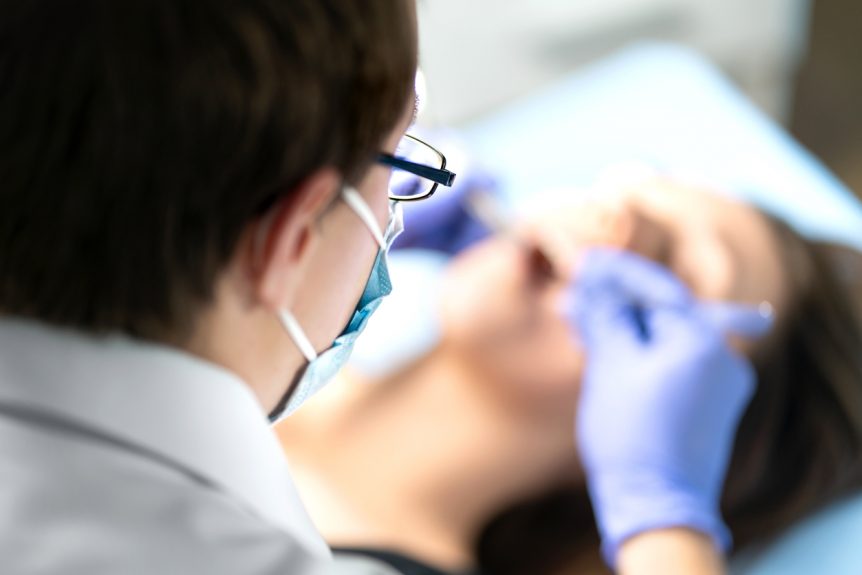If you search Google for “how long orthognathic surgery takes”, you will probably be greeted with large, bold text that says “2–4 hours.” Sounds reasonable, right? Well, unfortunately, that two to four-hour estimate is only a small part of a much larger picture. Orthognathic surgery, also known as corrective jaw surgery, is an involved process and the duration of the surgical procedure is just a small fraction of the work that’s needed to plan and complete the treatment. Here is some relevant information on what you can expect.
What Is Orthognathic Surgery?
To understand why the process is so involved, it’s important to understand how it may be beneficial and necessary, and what exactly is the treatment. During childhood, interceptive orthodontics like palatal expander devices can be used to influence the shape of the jaw as it forms. Once we reach adolescence this “reshaping of the jaw” is no longer possible, as the two halves of the jaw and the remainder the facial skeleton fuse together. When the jaw is finished growing, surgery may be necessary to correct significant growth and developmental discrepancies. These include:
- Difficulties biting, chewing, swallowing, and speech
- Excessive tooth wear due to malocclusion
- Problems with improper bite or jaws that don’t close properly
- Aesthetic issues and facial asymmetry
- Temporomandibular joint pain
- Obstructive sleep apnea
- Facial injury or birth defects
The Steps Involved in Orthognathic Surgery
For patients who may require orthognathic surgery, a cooperative effort with our office in conjunction with an orthodontist is necessary to develop a detailed, predictable treatment plan. Frequently, patients will require orthodontics for 6-12 months before their prospective surgery. This helps prepare your teeth for the jaw surgery and the new jaw position. Many times, a restorative dentist will be required to perform other procedures that will further enhance the surgical procedure such as crowns or teeth reshaping.
Once your surgery date arrives, you will be admitted to Hackensack University Medical Center and your treatment will be performed under general anesthesia. Unless noted otherwise we will be able to make all of our incisions on the inside of the mouth. There is no extra oral-facial scarring. During the surgery, your jaw is carefully repositioned, reshaped and/or augmented. It is then secured in place using customized bone plates, screws, and other hardware. This surgery may be performed on the upper jaw (maxillary osteotomy), lower jaw (mandibular osteotomy), and on the chin (genioplasty). Sometimes, surgery is required on both the upper and lower jaw in order to optimize function and provide a balanced facial appearance. Generally the entire surgical procedure may take as little as two hours, however, when both jaws are treated the surgery may take up to four hours.
Healing from Orthognathic Surgery
After your surgery, the first 24-72 hours is most difficult and you will be followed closely in the hospital by our doctors. Your progress and discharge date will be closely monitored. All patients are discharged within 72 hours. By now you are in the home stretch. Within 2 weeks most patients are back to normal routines and 90-95% recovered, off all pain medication and antibiotics. The initial healing time for a “fractured jaw” is about six weeks and complete healing will take up to three months. After the initial healing time has passed, your orthodontic treatment will resume and may expect an additional 3-6 months of post-surgical orthodontics. Thus, the entire process of jaw correction, including surgery and orthodontics should be completed within 1 ½ years.
Learn More About Orthognathic Surgery
To find out more about corrective jaw surgery, contact our office today to schedule an appointment at any one of our three New Jersey locations.

